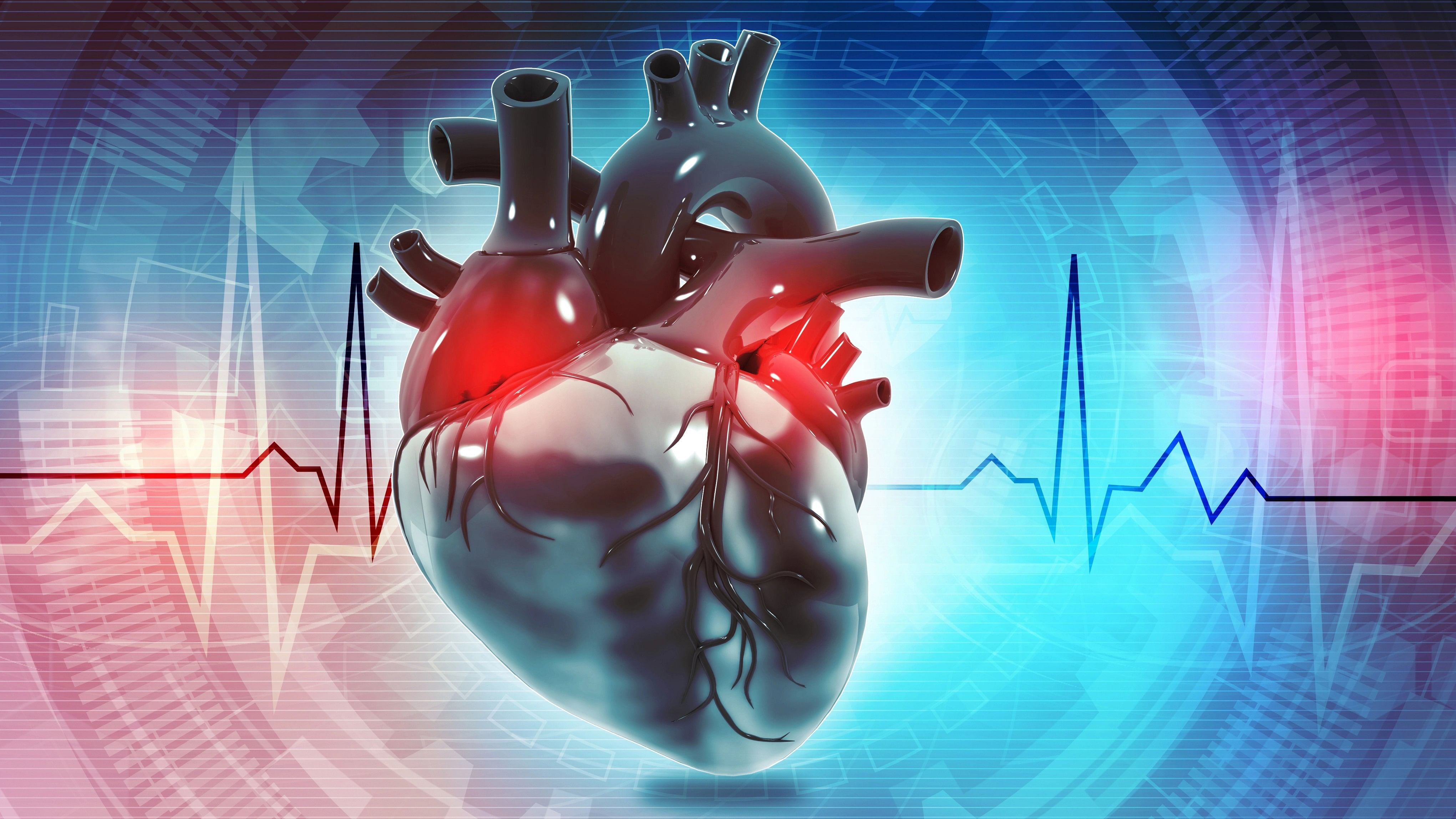
Representative image of heart.
Credit: iStock Photo
According to the Global Burden of Disease (GBD) report, India has a 68.6 per cent incidence of stroke and bears 70.9 per cent of global stroke deaths. Several factors contribute to this rise, including a high prevalence of risk factors such as hypertension, diabetes, smoking, and unhealthy diets. Additionally, the lack of awareness and limited access to healthcare in rural areas exacerbates the problem.
Effective and widely adopted primary stroke prevention measures, including individual-level interventions, are necessary to alleviate the stroke burden. The unprecedented growth in smartphone usage and other digital technologies offers a unique opportunity to improve primary stroke prevention on the individual level. In January 2023, there were 692 million internet users in India, and the number of smartphone users in the country was estimated to reach over 1 billion in 2023.
Mobile apps for tracking heart health
A recent ICMR research found that mobile health intervention can lead to an improved lifestyle and prevent secondary stroke. Mobile Health (mHealth), particularly mobile applications, has emerged as a powerful tool to improve healthcare access, efficiency, and outcomes. Between 2020 and 2021, health app downloads increased 38 per cent year-on-year (YoY) in India, reaching 76 million downloads.
These apps not only provide access to valuable information and resources related to stroke prevention but also track your vitals on a regular basis. For instance, high blood pressure is a significant risk factor for strokes, and effectively managing it is vital in preventing strokes. Mobile apps can assist individuals in monitoring their blood pressure, keeping an eye on their cardiovascular health, and providing medication reminders.
Furthermore, mobile apps can play a notable role in encouraging healthier behaviours and lifestyle adjustments. For example, apps dedicated to nutrition and physical activity can aid individuals in adopting and sustaining changes to their lifestyles that substantially lower the risk of stroke.
Wearable devices for monitoring stroke risk factors
The adoption of wearable technology is rapidly increasing in India. India is likely to become the world's largest market for wearables by the end of 2023. Wearable devices like smartwatches and fitness trackers have gained popularity as they offer a convenient way to track and monitor various health parameters that can help manage stroke risk factors such as physical inactivity, obesity, and irregular heart rhythms.
Several wearable devices have introduced features like monitoring heart rate irregularities, detecting atrial fibrillation (a common cause of stroke), and prompting users to seek medical attention when necessary. These devices can continuously monitor vital signs, providing users with real-time data and early warnings, helping them take proactive steps to reduce their stroke risk.
Some devices can even alert users about potentially dangerous changes in heart rate or rhythms, which can be crucial for early detection and intervention.
Telemedicine & its role in post-stroke care
Telemedicine has become an invaluable resource in the realm of post-stroke care. In India, where access to healthcare services can be challenging in remote areas, telemedicine bridges the gap. After a stroke, timely and specialised care is essential for a patient's recovery and for reducing the risk of subsequent strokes.
Telemedicine allows stroke survivors to consult with neurologists and rehabilitation specialists from the comfort of their homes. This service provides ongoing guidance, monitoring medication usage, and offering recommendations for physical therapy. Moreover, telemedicine offers caregivers the information and tools required to support their loved ones on their recovery journey.
Online communities & resources for stroke prevention & support
The digital age has brought about a plethora of online communities and resources dedicated to stroke prevention and support. Websites like StrokeIndia and World Stroke Organization and forums are empowering individuals to learn about stroke prevention. Awareness initiatives like Stroke of Support can also help locate a nearby stroke care centre — a hospital with 24/7 rapid diagnostic procedures like CT scans, MRI facilities and a dedicated stroke response team, equipped to provide emergency stroke care. This is important as arriving at a stroke-ready centre within the “golden period” of 4.5 hours can increase the chances of surviving and avoiding long-term brain damage.
Additionally, Facebook groups and Twitter/X hashtags have created a sense of community among stroke survivors and caregivers, allowing them to share their stories, seek advice, and offer emotional support. Some organisations like Patients Engage provide valuable communities like the Stroke Rehab and Recovery community, dedicated to offering support and resources for stroke survivors on their journey to rehabilitation and recovery.
Integrating technology into healthcare can enable stroke prevention on an individual level. However, it's important to remember that technology is most effective when used in conjunction with regular medical check-ups and consultations with healthcare professionals. A holistic approach that combines both traditional healthcare and technology-driven solutions can offer the best results in stroke prevention.
(The author is an interventional neurologist.)